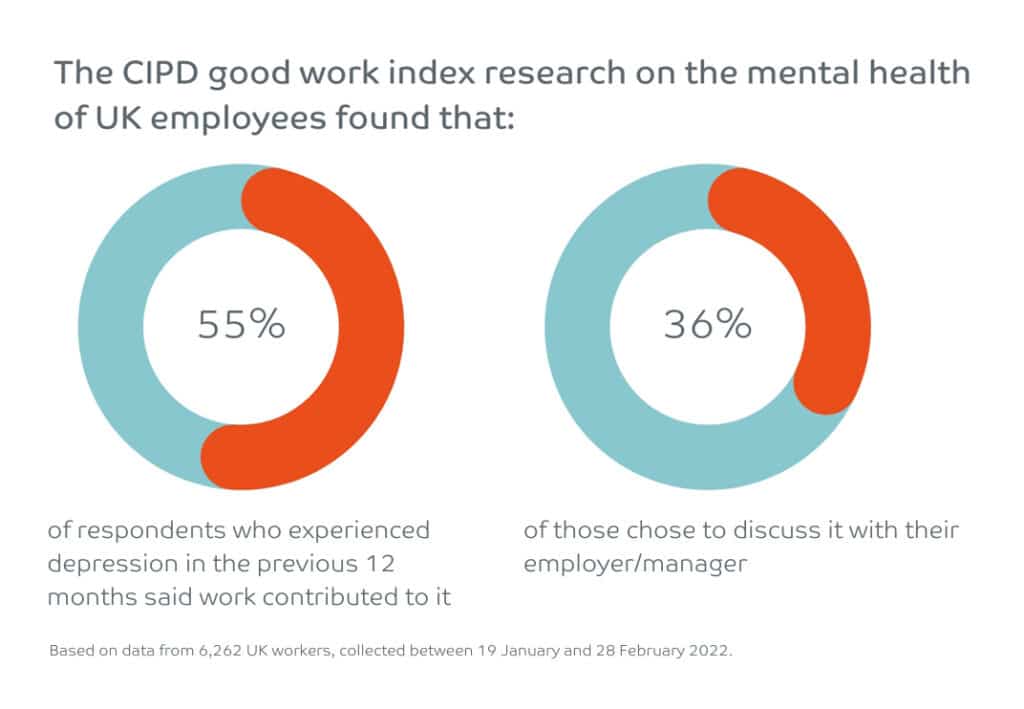Most businesses now offer some wellbeing support, with workers increasingly expecting their employer to provide initiatives that look after their health. Despite this, some workplaces still see it as a tickbox. This had led to the rise of the term ‘wellbeing washing’ — where businesses appear to care about employee wellbeing without delivering adequate support.
A survey by the Institution of Occupational Safety and Health revealed that over half of employees (51%) from all sectors deemed their employer guilty of wellbeing washing. The impact of wellbeing washing can be detrimental to businesses as it can leave employees feeling undervalued – with their needs unmet, a lack of trust in leadership and a poor workplace culture.
How to avoid ‘wellbeing washing’
The Westfield Health Workplace Wellbeing Survey revealed that a third of employees feel they have no support for their wellbeing at work.
Businesses are being seen to issue workplace wellbeing initiatives as ‘box ticking’ exercises that build the business’s image whilst ignoring the bigger picture for employees, such as assigning unsustainable workloads, underpaying for job roles and providing adequate support from management. Some examples of wellbeing washing might include:
- Free fruit in the office
- Pizza parties
- Generic employee assistance programs (EAPs) that aren’t tailored to employee needs
Businesses seen implementing these ‘one-off’ wellbeing solutions without an official strategy in place can be painted as ‘wellbeing washing’ as this masks the root of the issue and employees feel unsupported, despite appearing to have resources available to them.
A study by McKinsey Health Institute shows a disparity between the opinions of business leaders and the people they employ. Employers rate the mental health and wellbeing of their employees 22% more favourably than employees themselves.
If the perception that the employer has on employee wellbeing is different to what the employees think themselves, then this can lead to a huge disconnect where people feel unable to have honest conversations about their wellbeing and especially their mental health.
Building wellbeing into business mindsets
85% of UK employees feel there’s a link between workplace culture and their wellbeing. By creating a workplace wellbeing strategy that prioritises prevention over cure when supporting a sick workforce, businesses create a much more sustainable model, leading to happier employees.
Vicky Walker, Chief People Officer at Westfield Health, explains that employees’ physical and mental health should be at the top of any company’s priority list. She says:
“Too many companies are guilty of wellbeing washing. They say all the right things, perhaps even invest in a wellbeing programme, but it’s not authentic – and employees can tell.
Wellbeing programmes need the genuine support of leaders at every level of the organisation to gain the traction and impact they’re capable of delivering.”
Creating your wellbeing strategy
Finding the right initiatives is essential to ensure employees get the support they really need. Within the UK, 42% of workers have never been asked to input into their workplace wellbeing strategy[1]. Employers can find a clear direction by bridging this disconnect and understanding what is beneficial for their workforce.
Wellbeing in the workplace is no longer a ‘nice to have’ benefit for your employees — it’s also a benefit for your business[2]. Businesses that invest in their wellbeing strategy to meet the needs of their employees see clear advantages to their business model including:
- Happier workers
- Staff retention
- Increased productivity
- Lower absences
Our leadership and wellbeing blog includes advice on how leaders can develop the skills to support their people and evaluate what ‘good’ looks like.
To dive deeper into this topic, watch our webinar on wellbeing washing
Watch our webinar to hear from our experts as they discuss the different ways that organisations can implement wellbeing solutions that their employees really need, plus advice on how to create a culture of wellbeing.
For more information on building an effective wellbeing strategy, try our free CPD-accredited Wellbeing Strategy Course and blog on how to know if your wellbeing strategy is working.
[1] Westfield Health Workplace Wellbeing Survey, January 2023
[2] Westfield Health Workplace Wellbeing Survey, January 2023
